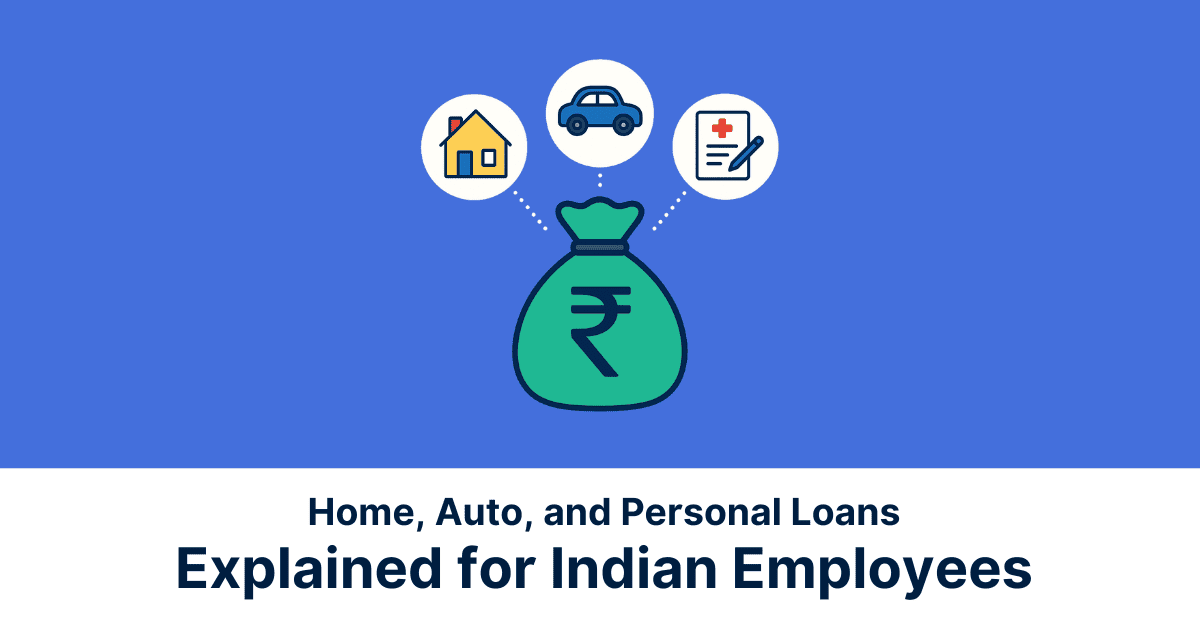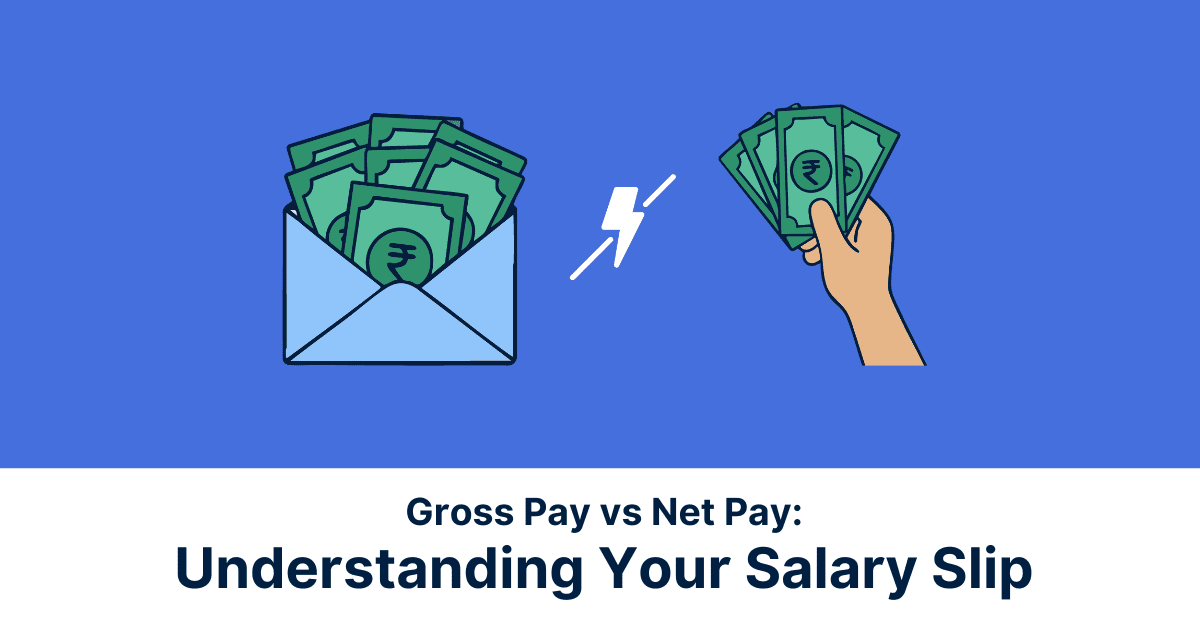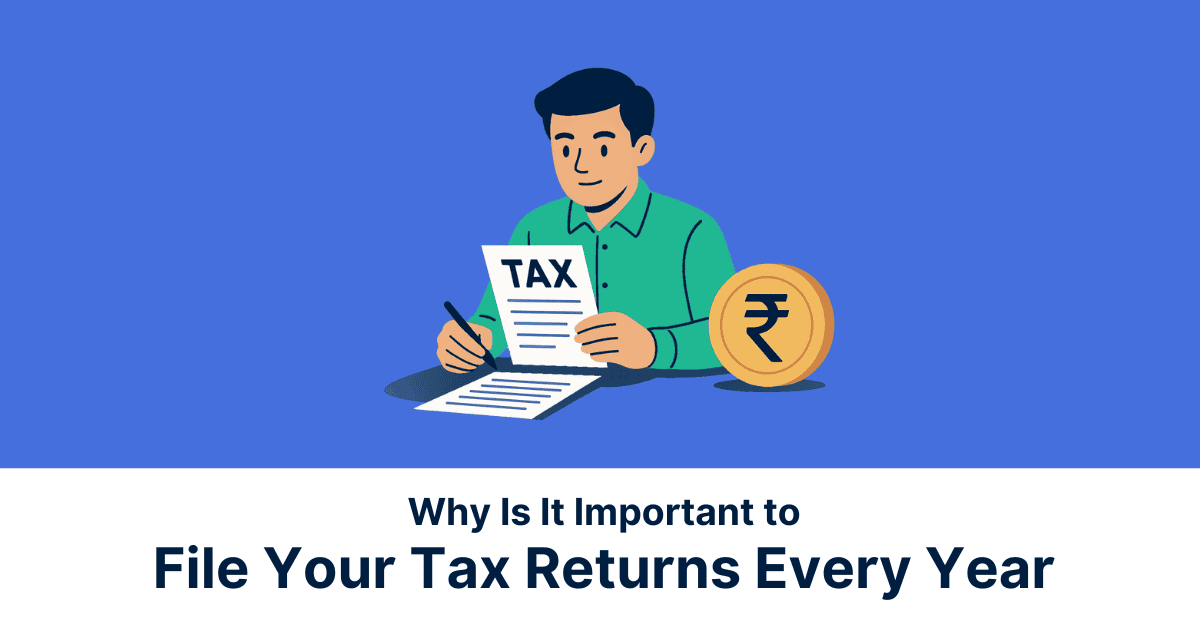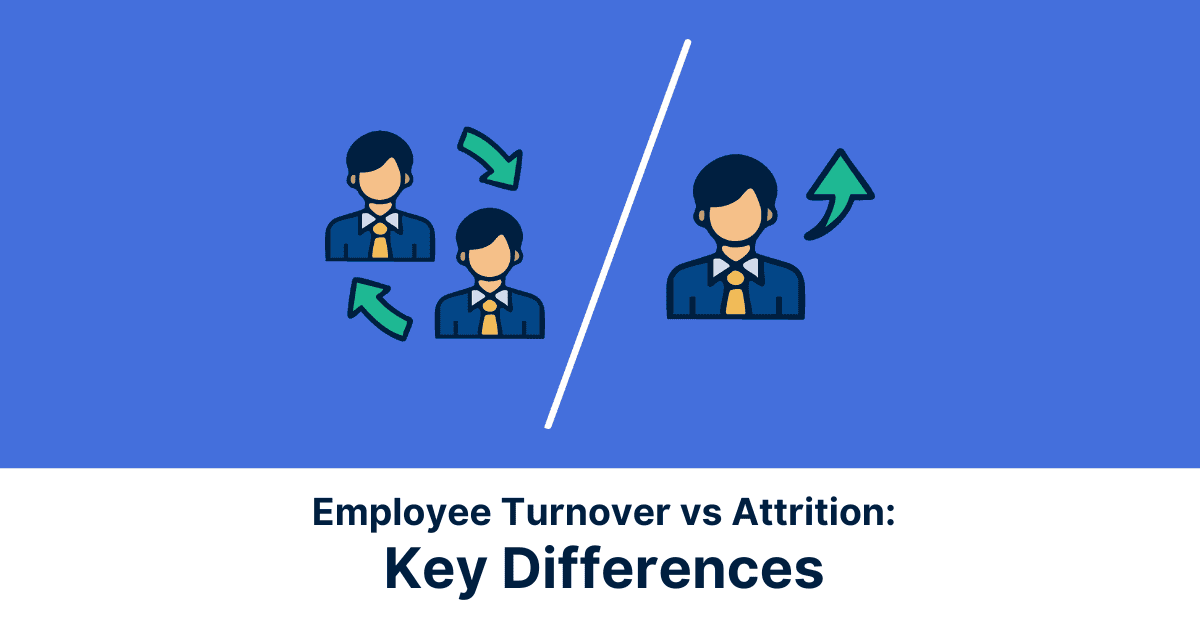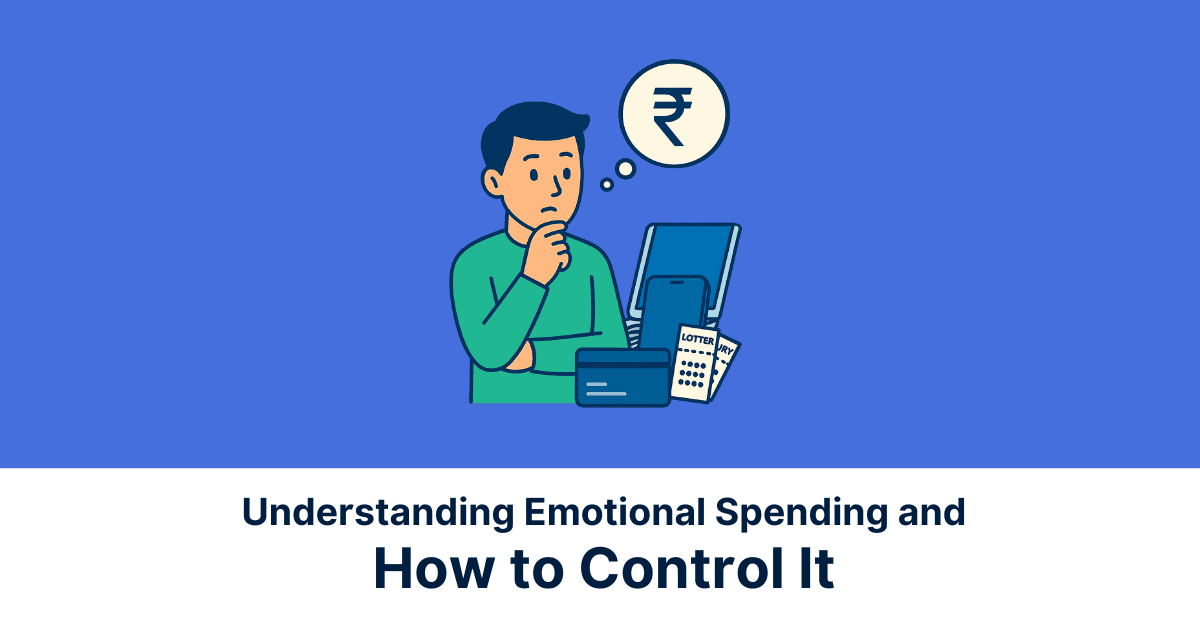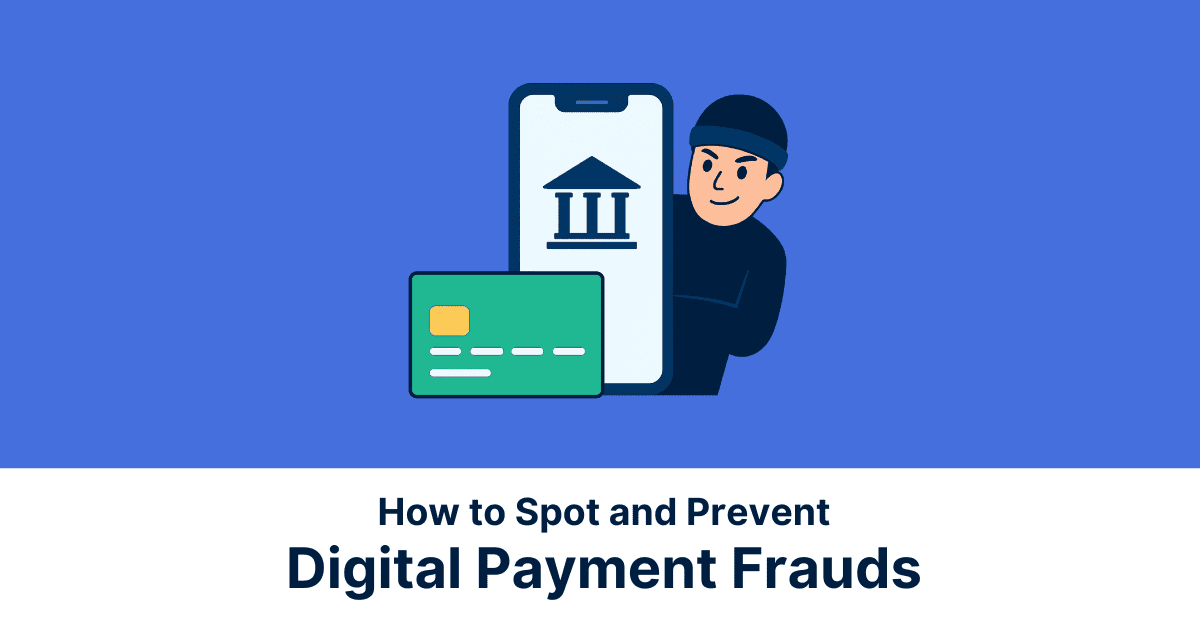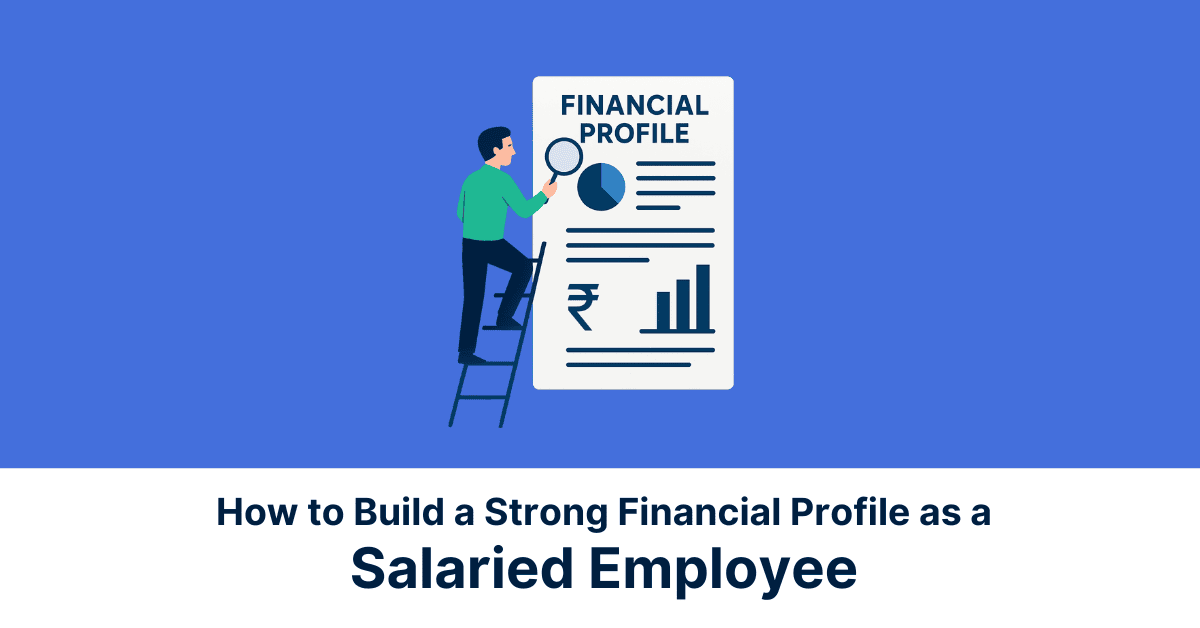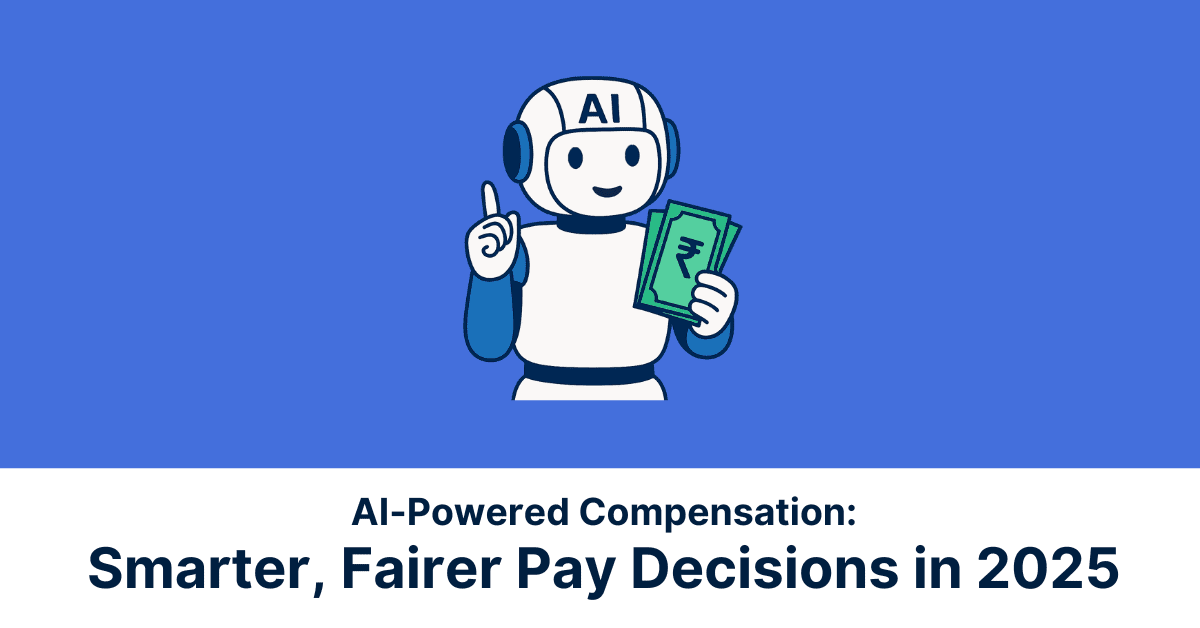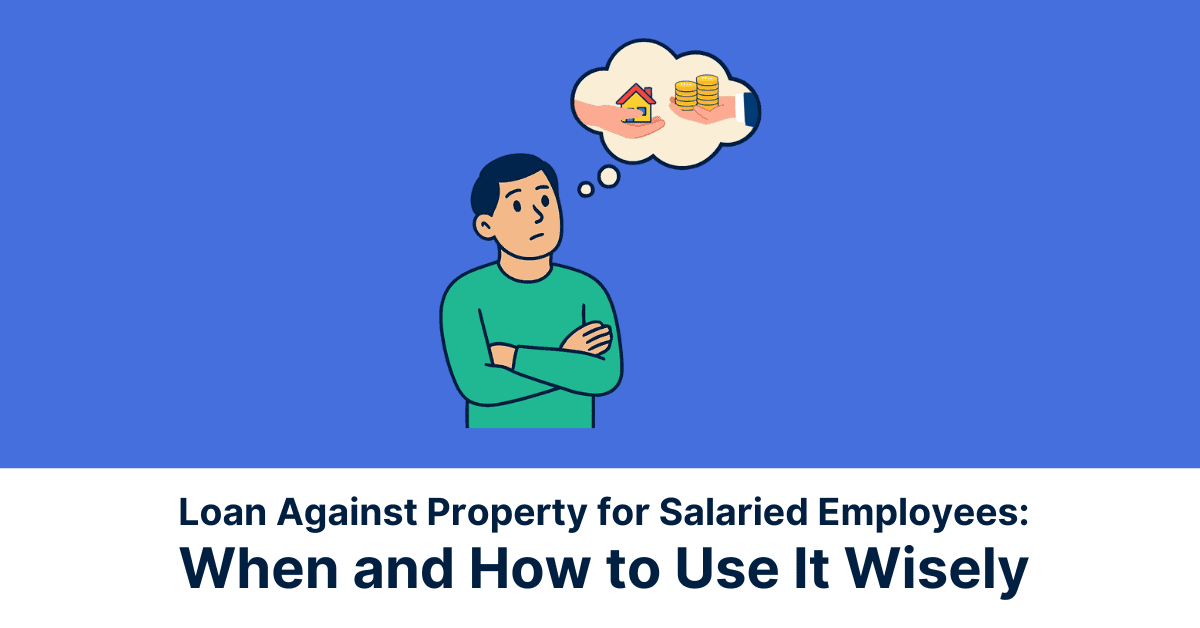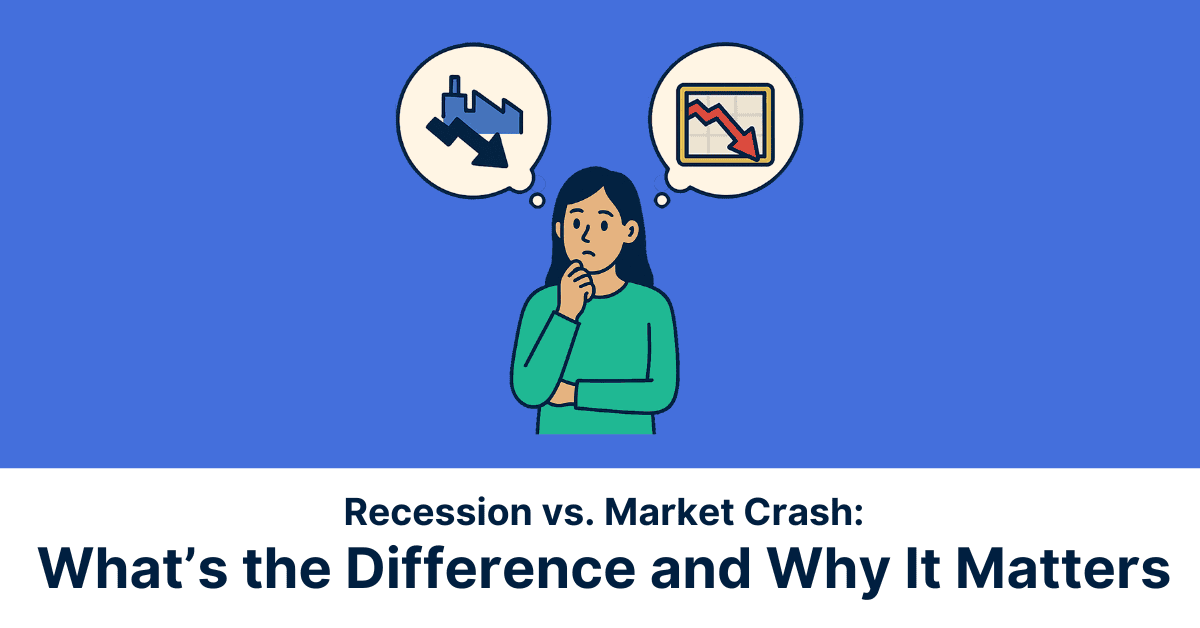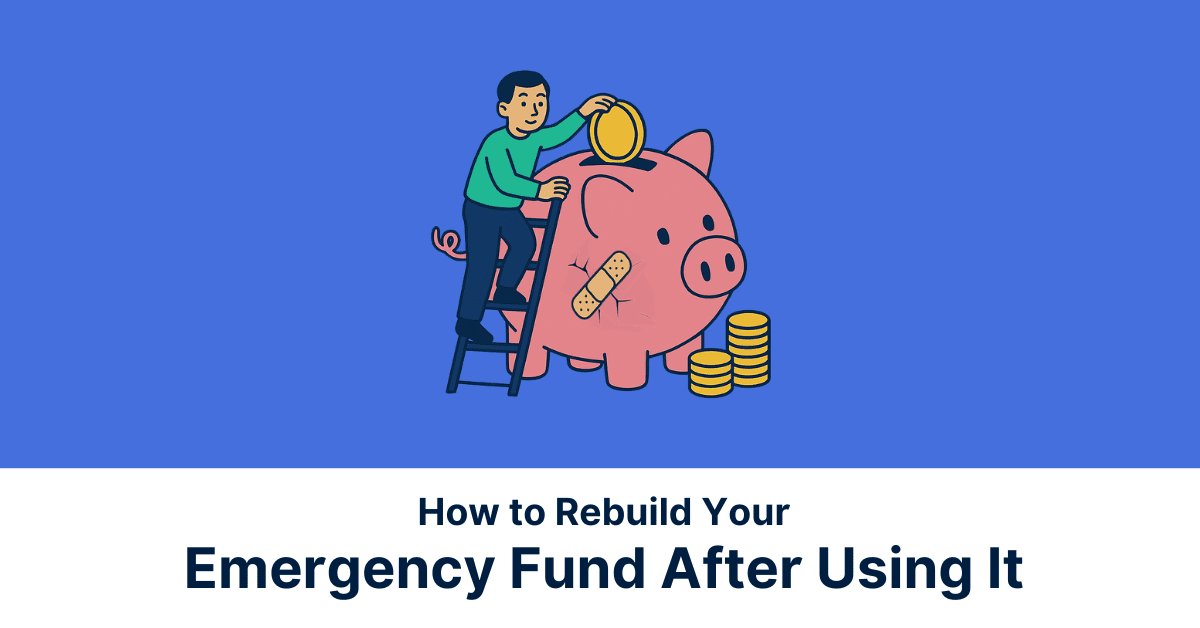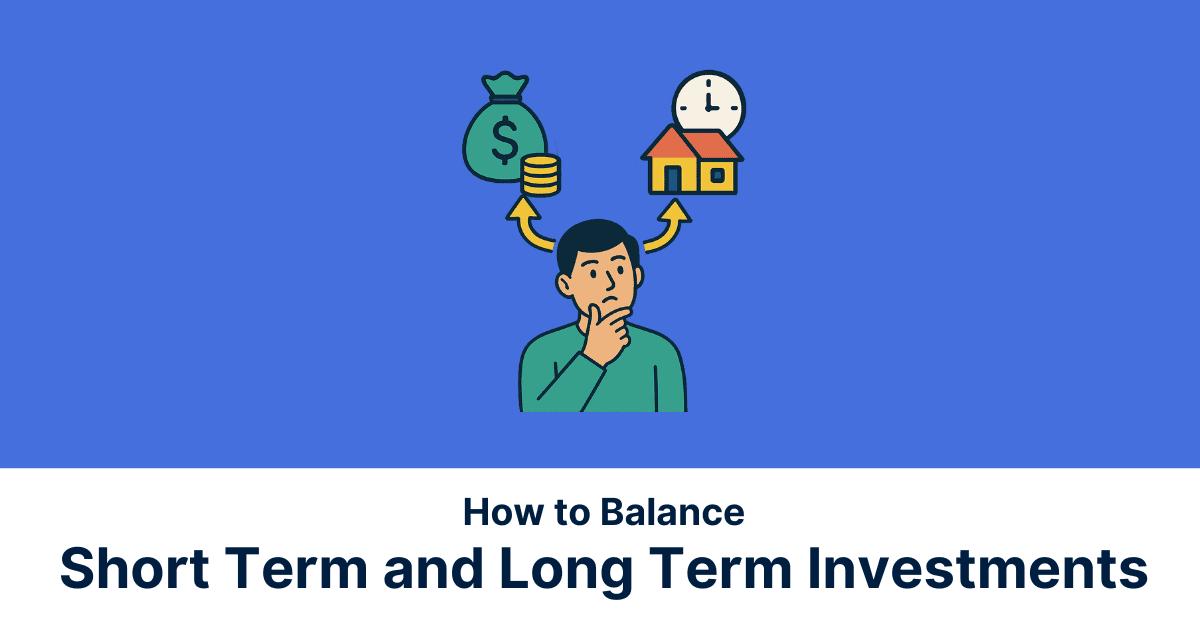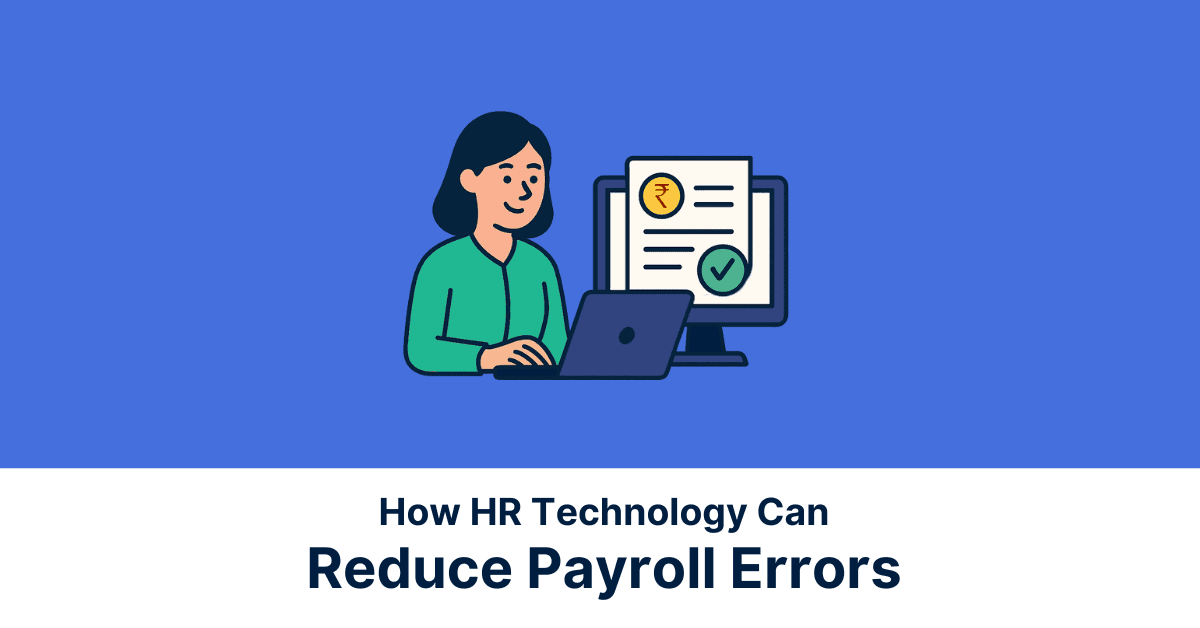For many salaried individuals in India, loans are an essential financial tool to fulfil life’s milestones. Among the most common lending options are home loans, auto loans, and personal loans, each serving different purposes, with their own set of benefits and requirements.
Here, we’ll walk you through the different types of loans available to Indian employees, focusing on these three major categories. You’ll gain clarity on eligibility criteria, the application process, required documentation, and smart tips for applying online.
Home Loans in India
Home loans are secured loans offered to salaried individuals looking to purchase, construct or renovate a house. They are sanctioned at economical interest rates, for long tenures. Most banks require applicants to have a stable income, good credit history, as they are a long-term financial commitment.
Now with digital banking, applying has become seamless. Many lenders now offer online portals where you can check eligibility, upload documents, and get instant approval status, making the entire process faster and more convenient.
Who Is Eligible?
Home loans are mainly tailored for salaried individuals aged between 21 and 65 years. To qualify, applicants must have a stable and verifiable source of income, typically through regular employment with a reputable organisation. Most lenders also require a minimum of two to three years of work experience to ensure financial stability.
A factor in eligibility is your CIBIL score; a score of 700 or above is generally considered favourable. It reflects responsible credit behaviour and improves the chances of loan approval. Lenders also evaluate your monthly income against existing liabilities (like EMIs or credit card dues) to determine your repayment capacity.
Factors like your employer’s credibility, job continuity, and savings history can influence loan terms. Meeting these criteria not only increases approval chances but can also help you secure better interest rates and higher loan amounts.
How It Works
A home loan typically covers 80–90% of the property’s value, depending on the lender and the applicant’s profile. The remaining 10–20% must be paid upfront as a down payment by the borrower. Once the loan is sanctioned, the amount is either disbursed in full (for ready-to-move homes) or in stages (for under-construction properties).
Repayment is done through Equated Monthly Instalments (EMIs), which include both principal and interest components. Home loans usually come with long tenures ranging from 10 to 30 years, allowing borrowers to manage smaller EMIs and balance other financial responsibilities.
Interest rates can be fixed or floating, with floating rates linked to market conditions. Most lenders offer digital tools like EMI calculators to help you plan repayments. Timely EMI payments are important for maintaining your credit score. Given below are the lowest interest rates on floating-rate home loans by banks as of May 9, 2025.
The EMI is based on a loan amount of ₹30 lakh over a tenure of 20 years.
| Lender | Type | Lowest Rate (% | EMI for a 30 lakh loan |
| Canara Bank | Public Sector Bank | 7.80% | 24,720 |
| Bank of Maharashtra | Public Sector Bank | 7.85% | 24,810 |
| Central Bank of India | Public Sector Bank | 7.85% | 24,810 |
| Union Bank of India | Public Sector Bank | 7.85% | 24,810 |
| Indian Bank | Public Sector Bank | 7.9 | 24,900 |
| Indian Overseas Bank | Public Sector Bank | 7.9 | 24,900 |
| Bank of Baroda | Public Sector Bank | 8 | 25,080 |
| Bank of India | Public Sector Bank | 8 | 25,080 |
| State Bank of India | Public Sector Bank | 8 | 25,080 |
| Punjab National Bank | Public Sector Bank | 8 | 25,080 |
Required Documents
When applying for a home loan, having the right documents in place ensures a smoother and faster approval process. Most lenders require the following:
- Income Proof: Latest 3–6 months’ salary slips and Form 16 or ITR for the last two years.
- Bank Statements: Last 6 months’ bank statements to assess income flow and financial health.
- Identity Proof: PAN card, Aadhaar card, passport, or voter ID.
- Address Proof: Utility bills, rent agreement, or passport.
- Employment Proof: Employment certificate or offer letter, especially if recently joined.
- Property Documents: Agreement to sell, title deed, and approved building plan or allotment letter for under-construction properties.
These documents help lenders verify your identity, financial stability, and property legality. With many banks offering digital uploads and e-verification, submitting documents online has become quick and hassle-free, cutting down the need for multiple physical visits.
Digital Application Tips
Applying for a home loan online can save time and streamline the entire process. Start by using the loan eligibility checker available on most banks or NBFC websites—this tool gives you a quick snapshot of how much you can borrow based on your income, age, and financial obligations.
Next, make use of e-KYC (electronic Know Your Customer) verification using your Aadhaar and PAN details, which speeds up identity verification without the need for physical documents. Most lenders now allow secure online document uploads, including salary slips, bank statements, and property papers, directly through their portals or mobile apps.
Before applying, compare interest rates, processing fees, and repayment options across lenders. Finally, use the EMI calculator to estimate monthly payments and choose a tenure that suits your budget. Going digital not only simplifies the process but also helps you track your application status in real time.
Auto Loans Explained
Auto loans are secured loans that help salaried individuals finance the purchase of a car, typically covering up to 90–100% of the vehicle’s on-road price. To be eligible, applicants should be aged 21–65 with a stable job, a minimum monthly income, and a good CIBIL score. The loan is secured against the vehicle and repaid through EMIs over 1 to 7 years.
The main documents include identity and address proof, recent salary slips, bank statements, and the car dealer’s quotation. Many lenders now offer fast-track approvals and online applications for a smoother, paperless experience. With the India Car Loan Market estimated at USD 26.58 billion in 2025 and projected to reach USD 40.28 billion by 2030, auto financing is becoming increasingly popular.
Who is eligible?
Auto loans are typically offered to salaried individuals aged between 21 and 65 years, who have a stable source of income and meet the lender’s creditworthiness criteria. Most banks and NBFCs require a minimum monthly income, often ranging from ₹15,000 to ₹25,000, depending on the city and vehicle type.
Applicants must have at least 1–2 years of work experience, with current employment tenure of six months or more. A good CIBIL score (usually 650 or above) enhances eligibility and helps secure better interest rates.
Lenders also assess the applicant’s debt-to-income ratio to ensure repayment capacity. Existing liabilities like EMIs or credit card dues are considered before finalising the loan amount. Some financial institutions also offer pre-approved auto loans for individuals with a solid credit history.
How It Works
Auto loans are secured loans, where the car being purchased serves as collateral until the loan is fully repaid. Once the loan is sanctioned, the lender disburses the amount directly to the dealer, and you begin repaying the loan through EMIs.
Repayment tenures typically range from 3 to 8 years, allowing borrowers to choose a plan that fits their monthly budget. Interest rates may be fixed or floating, and are determined based on your credit profile, income, and vehicle type.
The registration of the car will include a hypothecation in the lender’s name, which is removed once the loan is cleared. If you miss EMIs, the lender has the right to repossess the vehicle. Now, online loan calculators can help you estimate EMIs in advance, and many banks offer pre-approved loans and paperless approvals through their digital platforms.
Required Documents
To apply for an auto loan, you’ll need to submit a set of standard documents that help lenders verify your identity, income, and the vehicle being purchased. These typically include:
- ID Proof: PAN card, Aadhaar card, passport, or voter ID.
- Address Proof: Utility bills, rental agreement, or passport.
- Income Proof: Latest 3–6 months’ salary slips and Form 16 or ITR.
- Bank Statements: Last 6 months’ statements to assess financial stability.
- Car Invoice/Quotation: A proforma invoice or quotation from the authorised car dealer specifying the make, model, and price.
These documents help the lender determine your loan eligibility and fix the loan amount and terms.
Personal Loans Uncovered
Personal loans are unsecured loans ideal for covering urgent expenses like medical bills, weddings, or debt consolidation. Since there’s no collateral, lenders assess your credit score, income, and repayment history to determine eligibility. Loan amounts, interest rates, and tenure (usually 1–5 years) vary by profile.
Apply online using tools like loan eligibility checkers and EMI calculators. Ensure you have digital copies of your ID proof, salary slips, and bank statements for e-KYC and upload. A strong CIBIL score (700+) improves approval chances and helps secure better terms.
Who is eligible?
Personal loans are available to salaried individuals aged between 21 and 60 years who meet the lender’s financial and credit criteria. To qualify, applicants typically need a minimum monthly income of ₹20,000–₹25,000, depending on the city and the lending institution.
A strong CIBIL score—generally 700 or above—is crucial, as personal loans are unsecured and banks rely heavily on your creditworthiness. Lenders also consider your job stability, employer reputation, and current debt obligations while evaluating your application.
Those with a steady job and a clean repayment history are more likely to get approved quickly and may even secure lower interest rates. Pre-approved offers are often available to individuals with an excellent credit track record. Meeting these criteria not only speeds up the process but also gives you access to higher loan amounts and repayment options.
How It Works
Personal loans are unsecured loans, meaning you don’t need to pledge any collateral or assets. Because of the higher risk to lenders, these loans often come with higher interest rates compared to secured options like home or auto loans.
Loan amounts vary based on your income, credit score, and repayment capacity. Once approved, the amount is disbursed directly into your bank account, sometimes within 24–48 hours.
Repayment is done via EMIs, with flexible tenures ranging from 1 to 5 years. Interest rates can be fixed or floating, and some lenders allow partial prepayment or foreclosure with minimal charges. Many banks and NBFCs now offer fully digital journeys, from application to disbursal, making personal loans a convenient financing solution for salaried individuals needing quick funds.
Digital Application Tips
When applying for a personal loan online, start by using the lender’s loan eligibility checker to see how much you can borrow based on your income and credit profile. A strong CIBIL score (700+) improves your chances of approval and helps secure better interest rates.
Ensure your credit history is clean, avoid missed EMIs or high credit card balances before applying. Prepare scanned copies of necessary documents like ID proof, salary slips, and bank statements for smooth digital uploads.
Always apply through trusted banking apps or official websites to protect your data and avoid fraud. Use online EMI calculators to choose a repayment plan that fits your budget. Digital platforms often provide instant loan status updates and faster processing, making the experience hassle-free and efficient.
How to Choose the Right Loan
Match Loan to Goal
Choosing the right loan starts with clearly identifying your financial goal. Each type of loan serves a specific purpose and offers different advantages. For example, a home loan is ideal if you’re buying or constructing a property, as it offers long repayment tenures and potential tax benefits. An auto loan is designed specifically for purchasing a new or used vehicle, often covering up to 100% of the on-road price with lower interest rates compared to personal loans.
If your need is short-term or unplanned, like medical emergencies, travel, or debt consolidation, a personal loan offers the flexibility of usage without needing collateral, although at a higher interest rate. Choosing a loan aligned with your exact purpose not only improves your approval chances but also ensures cost-efficiency, proper financial planning, and repayment comfort.
Compare Costs
Before selecting any loan, it is important to compare the total cost of borrowing, not just the interest rate. Start by reviewing the interest rates. Secured loans like home and auto loans usually come with lower rates, while personal loans tend to be higher due to the lack of collateral. Even a small percentage difference can significantly impact your overall repayment.
Next, check for processing fees, which typically range from 0.5% to 2% of the loan amount. Some lenders may also charge additional costs like prepayment penalties, documentation fees, or insurance premiums, all of which add to the loan’s true cost.
Do consider tax benefits. Home loans offer deductions on both principal and interest under Sections 80C and 24(b) of the Income Tax Act. Personal and auto loans usually do not qualify for tax benefits unless used for specific business purposes.
Choose a tenure that balances your EMI affordability and overall interest cost. Lastly, use an EMI calculator to estimate your total repayment amount over the loan tenure.
Check Your Financial Profile
Before applying for any loan, take a close look at your financial profile, as lenders use it to evaluate your creditworthiness. The most critical factor is your CIBIL score; a score of 700 or above reflects responsible credit behaviour and greatly improves approval chances, often with better interest rates.
Evaluate your existing obligations, including EMIs, credit card dues, or other ongoing loans. A high debt-to-income ratio can reduce your chances of approval or limit the loan amount you’re eligible for. Try to close or reduce other debts before applying.
Job stability and a consistent income also play a major role. Most lenders prefer salaried applicants with at least 6–12 months in the current role and 2–3 years of total experience.
Be sure to review your savings and ensure you can comfortably manage EMIs without compromising essential expenses. A strong financial profile not only increases your loan options but also helps you negotiate better terms with lenders.
Conclusion
For every individual experiencing life’s financial milestones, understanding the nuances of home, auto, and personal loans cannot be missed. Home loans offer long-term, low-interest funding for property dreams, while auto loans facilitate vehicle purchases with shorter tenures. Personal loans provide quick, flexible access to funds for various needs, although at higher interest rates due to their unsecured nature.
Regardless of the loan type, eligibility criteria such as a strong CIBIL score, stable income, and manageable debt are paramount. By comparing all costs and assessing your financial health, you can make informed decisions to secure the most suitable and beneficial financing for your needs.
Take charge of your financial journey with Jify today. Access expert guidance that can help you optimise your financial strategy for both short-term stability and long-term growth.
*Disclaimer:
The information contained herein is not intended to be a source of advice concerning the material presented, and the information contained in this article does not constitute financial advice. The ideas presented in the article should not be used without first assessing your financial situation or without consulting a financial professional.
